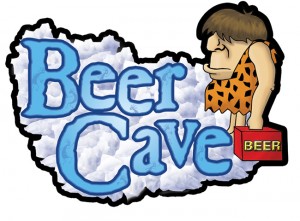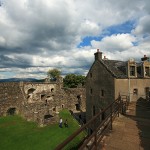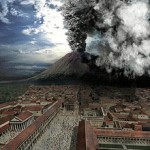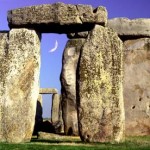
Every event in history should be documented so I commend the archaeologists for jumping on this historic migration as early as this. That being said I ask these same experts, “Gentlemen when are you going to continue the research started in the 1800s by Lewis Spence? (The Civilization of Ancient Mexico (1912)) He believed that there was a Northern Migration north from South America and Mexico into the United States in ancient times. Before any ‘land bridge’ between Siberia and Alaska. And his documentation and observations pointed in that direction. Bet we don’t get that research started up anytime soon. . . . EDITOR
from Archaeology Magazine
by Heather Pringle
On a sweltering June morning, Jason De Leon shrugs off his pack in a rugged gorge in Arizona’s Coronado National Forest. He hunches down over a scattering of water bottles, checking for dates, and asks a student to take the site’s GPS coordinates. Above his head, along the rock face, travelers have transformed a small, secluded hollow into a shrine lined with offerings: rosaries, crucifixes, candles, scapulars, and small pictures of saints, each bearing a printed prayer in Spanish. “Take care of me in dangerous places,” reads one card. “Protect me from thieves and in evil times,” entreats another. Nearby, a small engraved plastic pendant offers a more direct prayer: “The other side, Tucson, Arizona, 2010.”
The shrine, says De Leon, an archaeologist at the University of Michigan-Ann Arbor, is archaeological evidence of a large and nearly invisible migration. Over the past decade, millions of migrants from Mexico, Guatemala, and other Latin American countries have risked their lives attempting to cross the waterless expanses of the Sonoran Desert to secretly enter the United States. The Department of Homeland Security estimates that 10.8 million illegal migrants were living in the U.S. in 2009. Although this is down from 11.6 million in 2008, these migrants are following a trend that has persisted throughout human history. People move to the place where they can make the best living possible. Last year alone, U.S. Customs and Border Protection authorities apprehended some 540,000 would-be migrants along the Southwest border. Statistics gathered by the U.S. Border Patrol and local coroners’ offices suggest that this migration route is growing more dangerous. . . . Read Complete Report

















